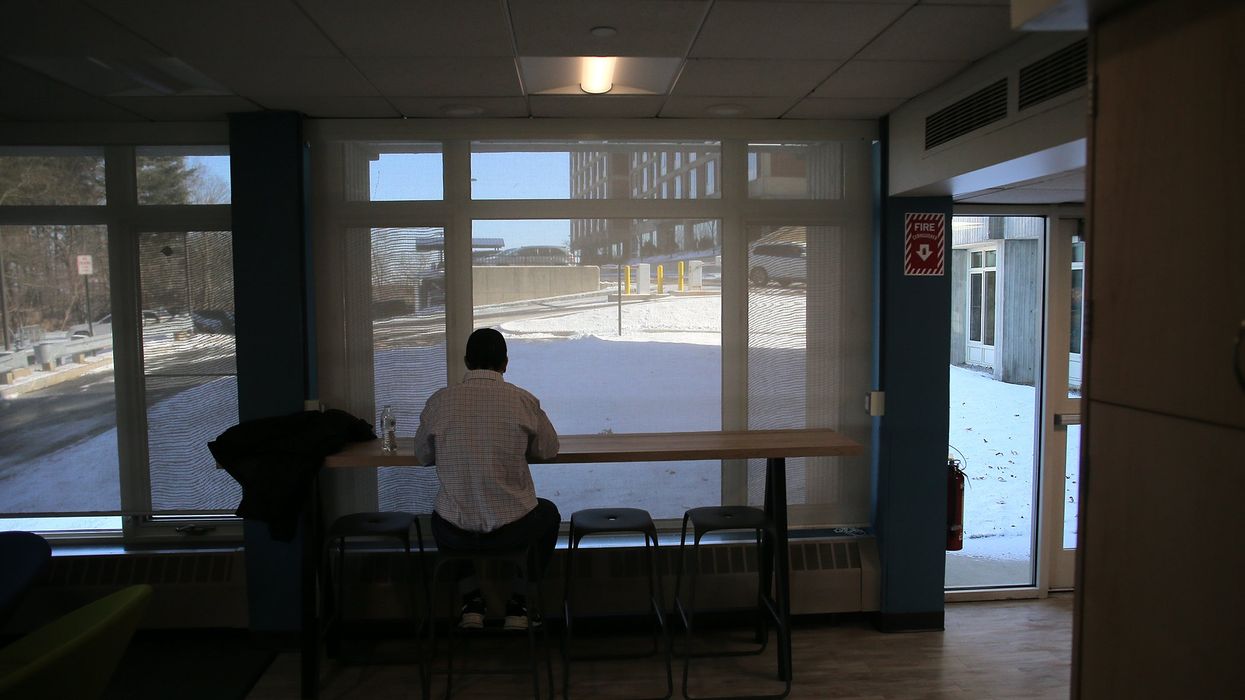Green is a Ph.D. candidate at the University of Florida and a member of Scholars Strategy Network.
The “broke, overly stressed, overworked, under-paid” college student stereotype is one of the most common among the population. Decades ago, college tuition (with the accompanying dependency on ramen noodles) was solely to blame; however as inflation increases, tuition has no longer become the sole concern of affordability for many students.
Despite 72 percent of undergraduates and 74 percent of graduate students receiving some form of financial aid, students across the country struggle with meeting their basic needs, including housing.
According to a recent report released by the National Postsecondary Student Aid Study, 8 percent of undergraduates (1.4 million students) and 5 percent of graduate students (180,000) nationwide reported experiencing homelessness or housing insecurity in 2020. The report analyzed all students, but those of color, specifically those identifying as Native American, Indigenous, and/or African American, face higher rates of homelessness and housing insecurity in comparison to their white or Asian counterparts. Why?
The problem was exasperated by the pandemic as university resources were quickly depleted, and students were moved to a remote setting limiting additional resources and aid. In addition, employment became extremely limited. Three years since the initial outbreak, the numbers have not improved. Tuition has increased by 32 percent with median income only increasing by 13 percent. Many students post-pandemic have taken on additional employment responsibilities, which may lead to demanding work schedules impacting their academic performance and mental health.
Unfortunately, a recent study found that among the students facing housing insecurity, 72 percent have highly considered dropping out of higher education because of the economic burden; yet by dropping out, these students further risk not achieving a higher-paying vocation, which can lead to further housing insecurity. In addition, students who do not complete their degree are at higher risk for not paying loans and remaining in debt. It becomes a never-ending cycle of financial and housing instability.
While many students rely on and receive aid, it is not enough to cover the high costs of basic living. For many students, living on campus is the best and cheaper option. However, campus housing has become limited as enrollment rates increase. In addition, young adults, especially undergraduates, have a hard time achieving off-campus housing because they may not have the credit, cosigner/guarantor, security deposit and other traditional standards that come with acquiring an apartment or home.
A call for action
Despite data demonstrating the impact of the lack of affordable housing for higher education, there are not as many resources to compensate for the rates of student homelessness and housing insecurity.
Some states such as Florida and Illinois have issued policies mandating that their public colleges and universities have special programs and facilities to address these issues. Yet, these resources are limited and not enough to address every student; additionally, one-third of these students are unaware of the assistance, resources, and aid that their colleges and universities provide. While federal programs such as the Low-Income Housing Tax Credit and Emergency Grant Aid for College Students offer financial assistance, these programs are either exempt to the average student and/or limited for temporary relief and do not provide a permanent solution. So what can be done?
To properly address these issues, efforts must be considered at the federal, state and local levels. Federal policymakers need to first properly collect and analyze data to determine the rate of housing insecurity amongst the higher education population via studies such as the American Housing Survey. Based on this data, the federal government can work to make more permanent solutions to emergency funding through programs such as Supplemental Educational Opportunity Grant program.
Additional solutions can be affirming fair housing against discrimination, exclusion and segregation. In addition, states can follow others such as California, Washington and Minnesota, which have created housing and support programs using designated funds from their state budgets. Lastly, states can create legislation that channels designated anti-homelessness resources for universities to educate students on public programs. Lastly, colleges should create resource centers that promote housing security. They can partner with local charities, organizations, and nonprofits to establish a variety of aid programs to meet the needs of their students.
There are a variety of solutions to the student housing problem. Finding the best approach will require the efforts of everyone from the federal government to local communities. For students looking to better their futures through higher education, the time to address this problem is now.



















 Shannon Gormley, Rhode Island Public Schools
Shannon Gormley, Rhode Island Public Schools Les Sinclair, Blue Ridge Area Food Bank
Les Sinclair, Blue Ridge Area Food Bank Elena Casillas Hoffman,
Elena Casillas Hoffman, 
 Darrious Hilmon, Executive Director, CAN-TV
Darrious Hilmon, Executive Director, CAN-TV